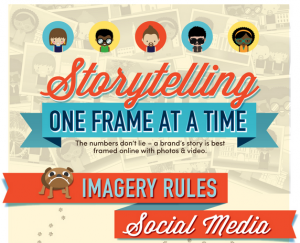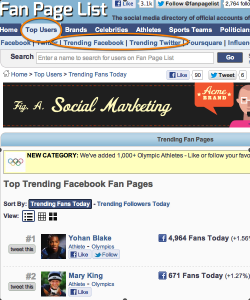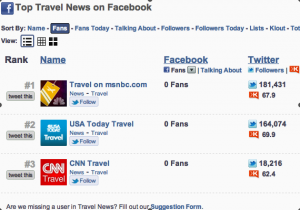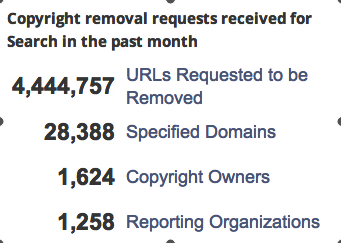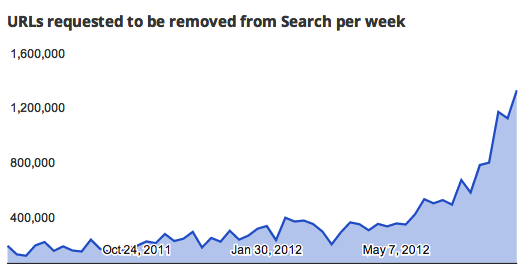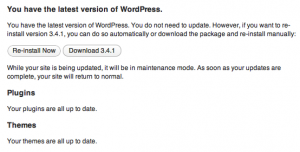It should come as no surprise that photos and videos engage social media users more than plain text. Here’s an infographic of the results of data measuring engagement related to our favorite social media: Facebook, Instagram, Twitter, YouTube, and more.
The use of an infographic, another popular visual media form, in telling this story is a great example of how to add interest using images to enhance text. If the article stated the results in numbers and text, readers would quickly lose focus and then move on to the next article that catches their attention. Numbers hold very few people’s attention and for many can be intimidating. When the numbers are explained in the form of a picture, whether photo or infographic, the image makes sense of the numbers for the reader.
Videos Shared Twelvefold
Videos drove the most engagement and were shared 12 times more than links and text posts. Again, this should surprise no one but it’s nice to have the numbers to back up the logic for spending time and money to produce videos. More telling would be an analysis of what kind of videos were shared, and an attempt to understand commercial success. The former is easy to categorize after some sampling, but the latter is more difficult to determine.
How do videos of specific lengths perform in sharing? How much of the videos are watched before sharing? Does music or sound quality play a role? Are the videos most likely to be shared personal or commercial in nature? Are they funny, serious, informative, or cat videos? This information would be very useful for small and medium size businesses to understand in order to produce the most cost effective and engaging videos possible.
The danger in a study with this data, is that tastes change quickly rendering results meaningly and even misleading. We also risk seeing cats in every FaceBook Page video. The point here, is to allow for some experimentation and don’t rely on only one video style to show off your business or personality. Make them fun and informative, but vary the lengths and settings enough to gage visitor reactions. Look for patterns of engagement using video insights, or analytics tracking. If a video receives a poor response, look for contributing factors such as what day and time it was posted.
Bottom Line
Bottom line: if you wonder if adding a photo or video is worth the inconvenience, it is. Just look at the infographic, or show it to decision makers who want proof, in a pretty format, why it’s worth the effort. Users share more when photos and videos are involved and that is a prime indicator that you’ve reached your audience in a meaningful way.
